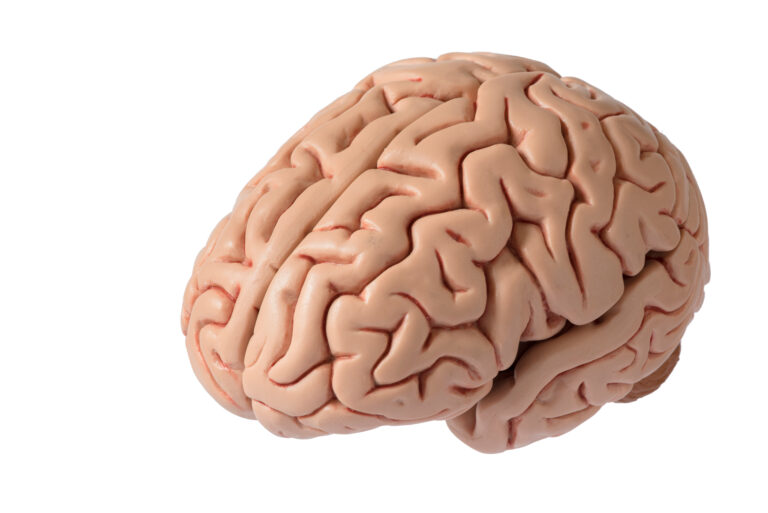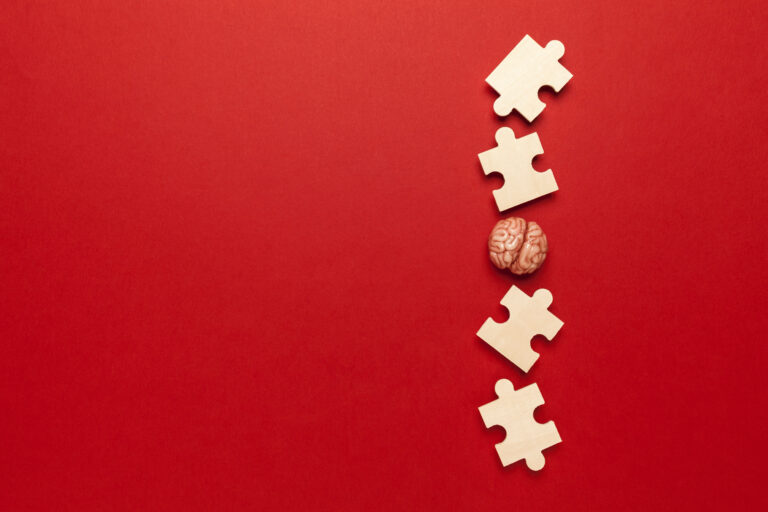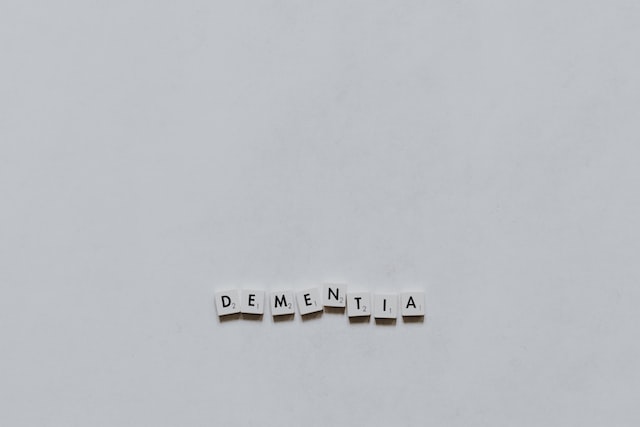We all know the rules of flushing: toilet paper and human waste only. Yet, every now and then, we find ourselves in a sticky situation when a loved one accidentally or purposefully flushes a non-flushable item down the toilet. Whether it’s a baby wipe, cotton swab, or even a toy, these non-flushables can cause major clogs and damage to our plumbing systems. But fear not, there are solutions that can help prevent and fix this common issue.
First and foremost, it’s important to understand why non-flushables are such a problem. These items are not designed to break down in water like toilet paper does. Instead, they can clump together and create blockages in your pipes. This can lead to overflowing toilets, sewage backups, and costly repairs. In fact, according to a study by the National Association of Clean Water Agencies, flushable wipes are responsible for 93% of all sewer blockages.
So, what can you do to prevent your loved one from flushing non-flushables? The key is education. Make sure everyone in your household understands what can and cannot be flushed down the toilet. It may seem obvious to us, but younger children or guests may not know the rules. You can even post a friendly reminder near the toilet as a visual reminder.
Another solution is to provide alternative disposal methods. Keep a small trash can next to the toilet for non-flushable items like wipes, cotton balls, and feminine hygiene products. This makes it easier for everyone to properly dispose of these items without causing harm to your plumbing system.
But what if the damage has already been done and a non-flushable item has been flushed? Here are some solutions that can help fix the issue:
1. Plunger: In cases where the non-flushable item is stuck near the opening of the toilet bowl, a plunger may do the trick. Use a plunger with a flange or accordion-style design for better suction. Remember to cover the drain completely and plunge slowly to avoid splashing.
2. Auger: If the non-flushable item has made its way further down the pipes, a toilet auger may be necessary. This tool, also known as a plumbing snake, can reach deep into the pipes and break up the blockage. Make sure to follow the instructions carefully and wear gloves for hygiene purposes.
3. Enzyme-based cleaners: For stubborn clogs, you may want to try an enzyme-based cleaner. These cleaners use natural bacteria and enzymes to break down the materials causing the blockage. Pour the recommended amount into the toilet and let it sit overnight before flushing.
4. Professional help: If all else fails, it’s best to call a professional plumber. They have the expertise and proper tools to handle any clog caused by non-flushables. It may cost more than a DIY solution, but it will save you time and potential damage to your plumbing system in the long run.
In addition to these solutions, there are also preventative measures you can take to avoid future clogs from non-flushables. Consider installing a toilet with a smaller trapway, which is the opening at the bottom of the bowl that leads to the pipes. A smaller trapway means less space for non-flushable items to get caught and cause blockages.
You can also look for flushable products that have been tested and approved by third-party organizations, such as the Water Environment Federation’s Flushability Certification Program. These products are designed to break down like toilet paper and have a lower chance of causing clogs.
In conclusion, when it comes to non-flushables, prevention is key. Educate your loved ones, provide alternative disposal methods, and always double-check before flushing. If a clog does occur, try using a plunger or auger, enzyme-based cleaners, or seek professional help. And remember, being mindful of what we flush not only protects our own plumbing systems but also helps to keep our planet’s water systems clean and healthy.





